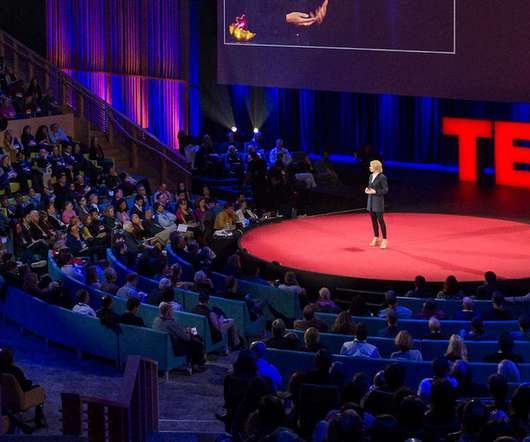Using Peer-to-Peer Learning to Build Collaborative Cultures
Learning Rebels
JUNE 5, 2024
Innovation. These are just a few benefits of peer-to-peer learning. Read on and discover how this dynamic approach can breathe new life into your organization’s learning strategy. What is Peer-to-Peer Learning? What are the Benefits of Peer-to-Peer Learning? Engagement. Collaboration.
















































Let's personalize your content